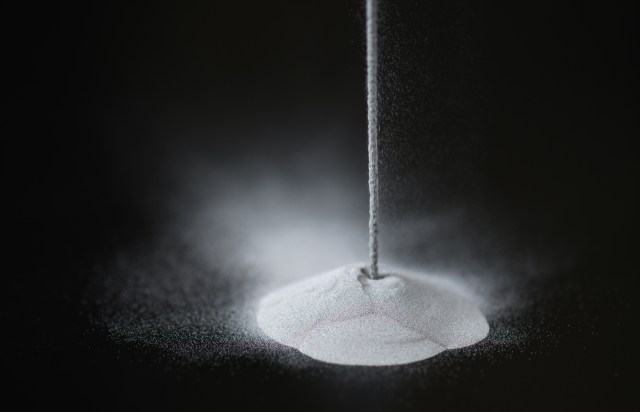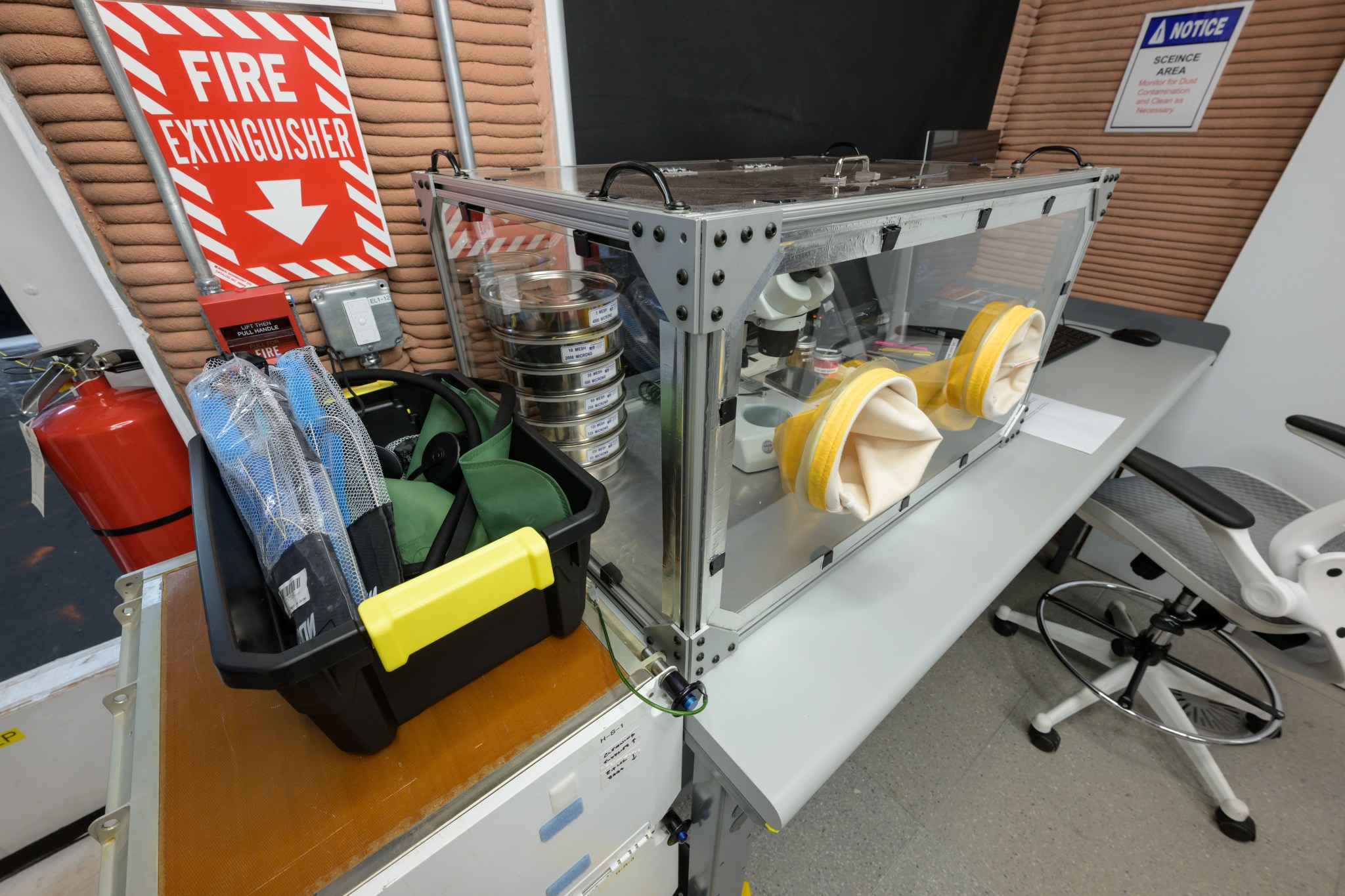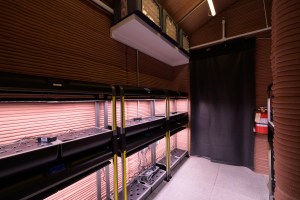The first crew to live and work in a NASA-run ground-based, simulated Mars habitat for a year are set to begin their journey this summer. Scientists and engineers are busy preparing activities for the crew to prepare for the agency’s future human missions to the Red Planet.
During the first of three, one-year missions, the four-person crew of individuals, selected from the general public, will carry out different types of mission activities in the Crew Health and Performance Exploration Analog, or CHAPEA, located at NASA’s Johnson Space Center in Houston. These activities include simulated spacewalks or “Marswalks” outside the habitat – some using virtual reality technology – and robotics operations, along with other activities such as habitat maintenance, personal hygiene, exercise, and crop growth.
“We’re really looking at how the crew performance and health changes based on realistic Mars restrictions and lifestyle of the crew members,” said Raina MacLeod, CHAPEA deputy project manager at Johnson. “So, the lifestyle is what we’re trying to simulate by setting up a realistic environment and workload for the CHAPEA crew.”
The simulated traverses will be conducted in pairs in the “sandbox” portion of the habitat, which is filled with red sand to simulate the Martian landscape. The sandbox contains equipment such as a treadmill for the virtual reality walks to allow crew to simulate longer traverses beyond the physical confines of the 1,200-square-foot sandbox. Mars has about a third of the gravity Earth does, which will present unique challenges for eventual human missions on the Red Planet.
The objective of each traverse will vary throughout the mission. For example, during some of the simulated spacewalks, the crew will focus on field geology work by locating and identifying rocks of interest, communicating unique characteristics to the crew inside the habitat to enter in a database, taking photographs for documentation, and retrieving a sample from the rock and bringing it into the habitat for analysis. During others, the crew will focus on evaluating sites for simulated construction activities.
Some of the virtual reality traverses will also include simulated science and maintenance activities, such as setting up experiment packages or performing dust mitigation steps to optimize solar panel functionality.
“We thought through a few different types of spacewalks that we thought would be realistic to what astronauts would do on the surface of Mars,” MacLeod said. “We would have them do geology work, and then they probably would do some building tasks, and then also exploration. So, those are the three categories we are looking at for CHAPEA – geology, building, and exploration.”
In addition to the simulated traverses, crew members will spend time remotely operating robotic elements, which will likely be necessary for real crews on Mars to extend their exploration capabilities.
During the CHAPEA robotic operations, crew members will be responsible for controlling a helicopter-like drone and a roving robot. The crew will work in pairs inside the habitat to operate the drone and robot to survey remote areas, identify and retrieve rock samples, and document geological information.
“The robotics element is a very interesting activity that we are including for our crew. It’s always good to have really stimulating tasks, especially on a long-duration analog study to keep the crew excited,” MacLeod said. “But these activities could also be very realistic in that future Mars astronauts could utilize remote piloting drones and rovers to expand the reconnaissance radius.”
NASA is leading a return to the Moon for long-term exploration. Through the Artemis missions, NASA will land the first woman and first person of color on the Moon, using innovative technologies to explore more of the lunar surface than ever before. Lessons learned on and around the Moon will prepare NASA for the next giant leap: sending astronauts to Mars.





































